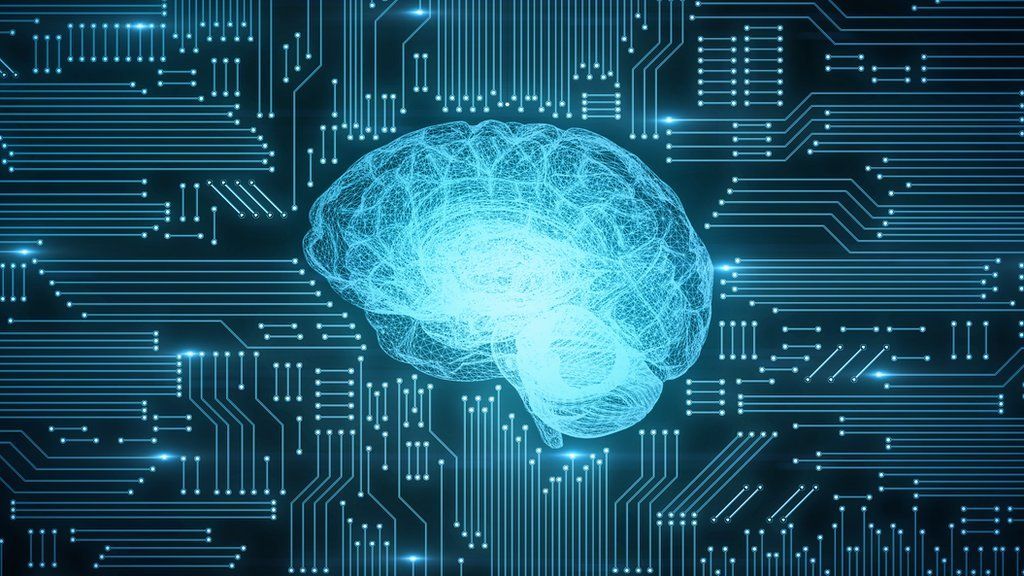Embracing AI
My thoughts and predictions on how will AI impact and shape the field of product management.

Generative AI and automation are rapidly reshaping industries, challenging the traditional roles and responsibilities in product management. In an age where machines can analyze data, generate insights, and even make decisions, the question arises: what's left for product managers to do?
Firstly, generative AI can perform a range of tasks that were traditionally the domain of product managers. From market analysis to feature ideation, AI systems can now process vast amounts of data to identify trends and opportunities much faster than any human. This capability not only streamlines the product development process but also raises concerns about the marginalization of human intuition and creativity in decision-making.
Moreover, automation in product management extends to customer interaction and feedback loops. AI-driven chatbots and customer service tools can gather customer feedback in real time, analyze it, and suggest improvements or new features. This level of automation could make certain aspects of product management redundant, as AI can manage and iterate on products based on direct customer input without human intervention.
However, this technological revolution is not without its limitations. While AI excels in processing data and identifying patterns, it lacks the nuanced understanding of human emotions and cultural contexts that are crucial in product development. Product managers who can blend AI insights with a deep understanding of human behavior and market dynamics will remain invaluable.
The human element in product management can complement AI-driven insights and decisions in several crucial ways:
- Emotional Intelligence and Empathy: Humans excel at understanding and relating to other human experiences. Product managers can interpret AI data through the lens of emotional intelligence, ensuring products resonate on a deeper, more empathetic level with users. This understanding is essential in creating products that not only fulfill a need but also connect emotionally with the target audience.
- Contextual and Cultural Understanding: While AI can analyze data, it often lacks the ability to fully grasp the nuances of cultural and contextual factors. Human product managers can interpret AI-generated insights with an understanding of local customs, cultural nuances, and societal trends. This ensures that products are not only technically sound but also culturally relevant and sensitive.
- Ethical Considerations and Social Responsibility: AI, driven by algorithms and data, might not always align with ethical standards or social responsibility goals. Human product managers play a crucial role in overseeing AI decisions, ensuring that products adhere to ethical norms and contribute positively to society.
- Creative Problem-Solving: AI is typically programmed to follow certain rules and patterns, which can limit its ability to think outside the box. Human product managers bring creativity and innovative problem-solving skills to the table, essential for navigating complex challenges and creating groundbreaking products.
- Strategic Decision Making: While AI can suggest options based on data, it cannot fully understand the broader business strategy or long-term vision. Human product managers can use AI insights to inform strategic decisions, balancing short-term opportunities with long-term goals.
By leveraging these human strengths, product managers can use AI as a powerful tool, while ensuring that products are emotionally intelligent, culturally appropriate, ethically sound, creatively innovative, and strategically aligned.
Redesigning a product manager's day-to-day responsibilities to be fully driven by AI and automation
- Market Analysis and Trend Identification:AI algorithms, integrated with tools like Google Analytics and SEMrush, begin the day by analyzing market data, news, and social media trends. Machine learning models, using data from sources like Nielsen or Salesforce, identify emerging trends and opportunities relevant to the product.
- **Product Feature Analysis and Development:**AI reviews customer feedback gathered through platforms like Zendesk or UserVoice.Predictive analytics, using tools like Tableau or Microsoft Power BI, suggest new features or improvements. Automated design software, like Adobe XD or Sketch, is used for rapid prototyping based on AI criteria.
- **Customer Interaction and Feedback Loop:**AI-driven chatbots, such as those developed using IBM Watson or Zendesk Chat, interact with customers, gathering feedback. Sentiment analysis tools, like MonkeyLearn or Brandwatch, assess customer satisfaction. AI compiles customer feedback themes into a report using CRM software like HubSpot or Salesforce.
- **Team Coordination and Task Management:**AI assigns tasks using project management tools like Asana, JIRA, or Trello, based on team members' skills and workload. Progress is tracked, and priorities are adjusted automatically. Virtual assistants, integrated with tools like Slack or Microsoft Teams, schedule meetings and manage time effectively.
- **Data-Driven Decision Making:**AI compiles reports from various data points (sales, customer feedback, market trends) using business intelligence tools. It runs simulations and predictive models, offering decision-making insights through a dashboard interface like Domo or Sisense.
- **Risk Management and Compliance Monitoring:**Continuous monitoring for risks or compliance issues is performed using risk management software like LogicManager or Riskalyze. AI alerts are sent regarding anomalies or potential threats, suggesting actions.
- **End-of-Day Summary and Planning:**An end-of-day summary report is generated, highlighting key achievements and issues, using data visualization tools. AI drafts a plan for the next day, optimizing the schedule with project management software.
In this AI and tool-integrated workflow, the product manager focuses on strategic decision-making, interpreting AI-driven insights, and overseeing the entire product lifecycle with the aid of technology. This approach ensures that the manager remains at the helm, guiding the product’s direction while leveraging the efficiency of AI and specialized tools.